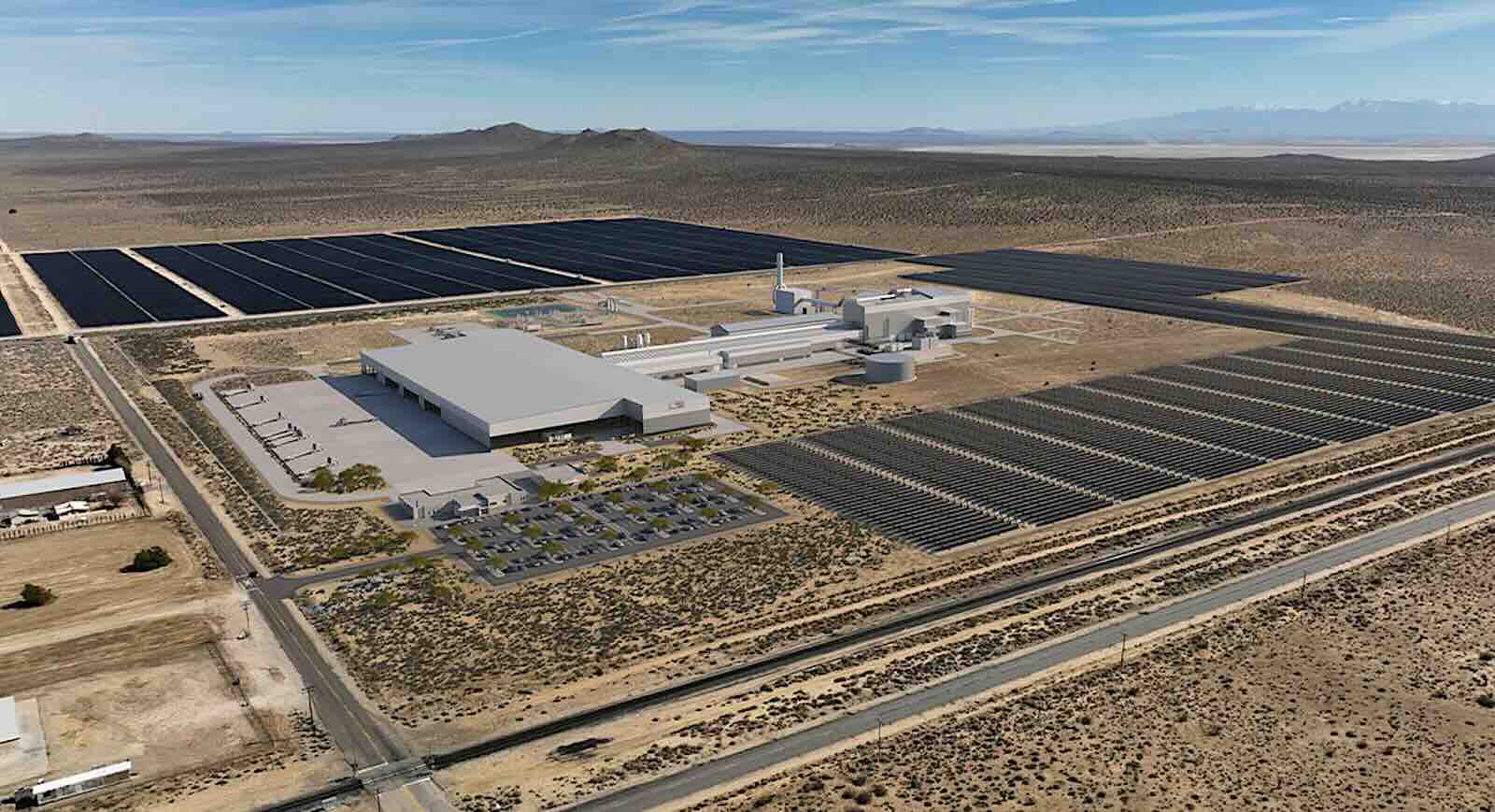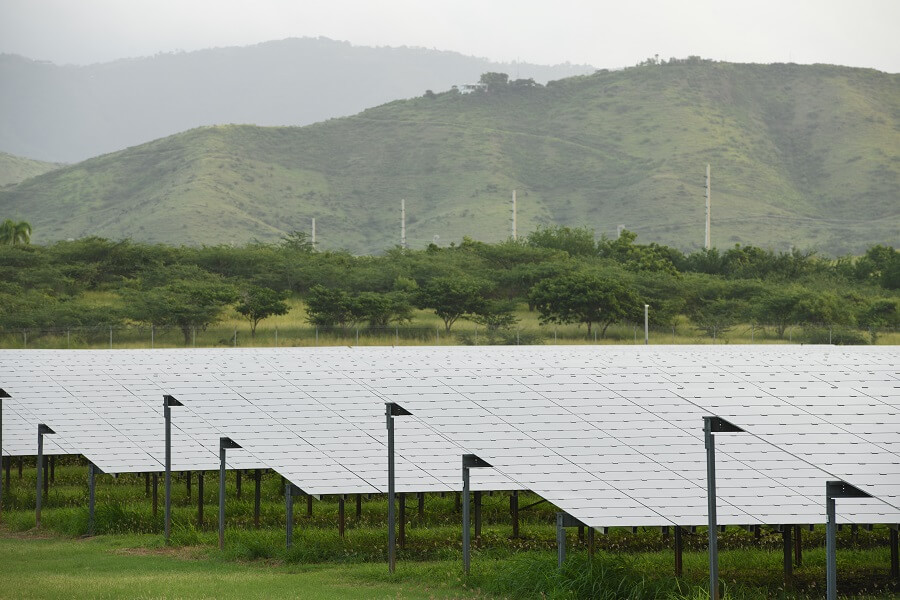ImpactAlpha, September 23 – The energy transition is moving from talk to action. Those not moving fast enough are finding themselves on the hot seat.
At one Climate Week event in New York, World Bank chief David Malpass repeatedly dodged a question from The New York Times’ David Gelles about whether the Trump appointee accepted the scientific consensus around human-driven climate change. The crowd was not having it.
“Answer the question!” the audience jeered and yelled, according to Gelles’ account. After calls for his resignation from Al Gore, Christiana Figueres and others, Malpass was scrambling to restate his position and get on board.
The vibe shift is palpable. To be sure, energy security concerns are creating headwinds for the low-carbon transition and giving a boost to end-stage fossil fuels. But the energy transition that is well underway has corporations and investors keying on the trillion-dollar opportunities the energy transition opens up.
Where once they were focused on costs and risks, now they see upside rewards.
Brooklyn-based BlocPower sees “trillion-dollar opportunities” decarbonizing buildings, transportation and charging infrastructure for the mass market. The company is banding together with other diverse-led tech startups to help cities and municipalities navigate the windfall of federal funding and optimize their impact.
“It’s a massive opportunity for the impact investment community to really step up,” BlocPower’s Donnel Baird said on ImpactAlpha’s Call No. 44.
Large corporations, too, are eying 10-figure opportunities. The energy transition can open up $4.8 trillion in new products, services and market opportunities, according to a survey of 400 S&P 500 companies by carbon disclosure nonprofit CDP.
To be sure, they are also motivated by risk. More than half of the companies surveyed cited climate- and transition-related risks to their business, including physical risks, new regulations, and changing consumer behavior, at an aggregate cost of up to $334 billion. But the upside opportunities represent a 15x multiple on those risks.
“Leading S&P 500 companies are recognizing investment opportunities in the transition to a low carbon economy are not limited to mitigating potential reputation or regulatory risk, but instead a financial benefit,” CDP’s Simon Fischweicher told ImpactAlpha.
In food and agriculture, companies that move quickly to develop nature-positive, resilient solutions could generate up to $4.5 trillion of new business opportunities annually by 2030, according to a report by the UN-backed Race to Zero alliance. The flip side: food and ag laggards could lose a quarter of their value by 2030, and investors could see up to $150 billion in losses.
“The thriving companies and investors of tomorrow will be those who move early to align their business models with, and help accelerate, the land use transition,” write Nigel Topping and Mahmoud Mohieldin, who lead the Race to Zero alliance.
Paradigm shift
Biden administration climate advisor Gina McCarthy called it “a paradigm shift.”
“The private sector no longer sees climate action as a source of job losses, but rather as an opportunity for job creation and economic revitalization,” she wrote in a recent New York Times op-ed. “Today, states and companies are running toward a clean energy future.”
McCarthy, who is stepping down at the end of the year, pointed to the nearly $85 billion in corporate investments in electric vehicle and battery plants and EV charging build-outs in the past two years.
A newly published study out of Oxford University also comes down on the side of abundance. Rather than imposing costs, decarbonization can save $5 trillion to $15 trillion over the next few decades, it says. Most energy transition analyses have overestimated costs due to underestimating renewable energy deployment rates and cost reductions, the authors contend.
At the current pace of deployment, renewable energy and storage can replace fossil fuels in two decades. “Even without accounting for climate damages or climate policy co-benefits, transitioning to a net-zero energy system by 2050 is likely to be economically beneficial,” they conclude.
Low-cost wind and solar power met more than a tenth of global electricity demand for the first time in 2022, even amid a surge in electricity demand, according to BloombergNEF’s Power Transition Trends.
Renewable energy deployment is getting a boost from corporations looking for low-cost, carbon-free sources of power. Amazon, already the largest corporate buyer of renewable energy, this week announced 71 new renewable energy projects, including solar farms in India, Poland and South America, to help reach its goal of 100% clean energy by 2025. The new projects bring Amazon’s total to 379 renewable energy projects across 21 countries.
Asset owners
Asset owners looking for long-term, sustainable opportunities are helping drive the shift. The Net Zero Asset Owners Alliance has expanded to 74 members representing $10.6 trillion in assets, according to the group’s second impact report released at Climate Week. About two-thirds of that, or $7.2 trillion, is aligned with a 1.5 degree warming target or limited overshoot scenario.
(At the same time, banks that are part of the broader Glasgow Financial Alliance for Net Zero, or GFANZ, led by former Bank of England chief Mark Carney, are threatening to pull out over more stringent requirements they say leave them open to legal challenges).
Norway’s $1.2 trillion sovereign wealth fund will push companies it invests in to achieve net zero emission by 2050. It will also focus on engagement with the 174 companies that are the biggest emitters of greenhouse gasses in its portfolio.
Land use transition
Deforestation may be the ‘new coal’ — aka, the pariah in investors’ portfolios. Policy and consumer behavior shifts could drive a rapid land-use transition as profound as the energy transition, warns a new report by the Race to Zero, a U.N.-backed global alliance of business and government leaders. Food and agriculture companies that fail to respond could lose a quarter of their value by 2030, and investors could see up to $150 billion in losses.
Companies that move quickly to develop nature-positive, resilient solutions could generate up to $4.5 trillion of new business opportunities annually by 2030. “The thriving companies and investors of tomorrow will be those who move early to align their business models with, and help accelerate, the land use transition,” write Nigel Topping and Mahmoud Mohieldin, who lead the Race to Zero alliance.
Loss and damages
A looming issue ahead of the COP27 climate summit is whether wealthy nations will provide financial assistance to help developing countries adapt to climate impacts they had little hand in creating. Denmark became the first country to commit to “loss and damages” this week, with a $13 million (100 million Danish crowns) commitment.
Denmark’s northern peers have been less receptive. “Sweet nothings,” is how African climate activist Vanessa Nakate summed up the pledges and promises of developed nations at a U.N. General Assembly meeting after leaders dodged her request to commit to funding loss and damages at the upcoming COP27 climate summit in Egypt.
UN chief António Guterres, fresh from a trip to flood-ravaged Pakistan, called on developed economies to tax the windfall profits of fossil fuel companies to help struggling countries recover.












